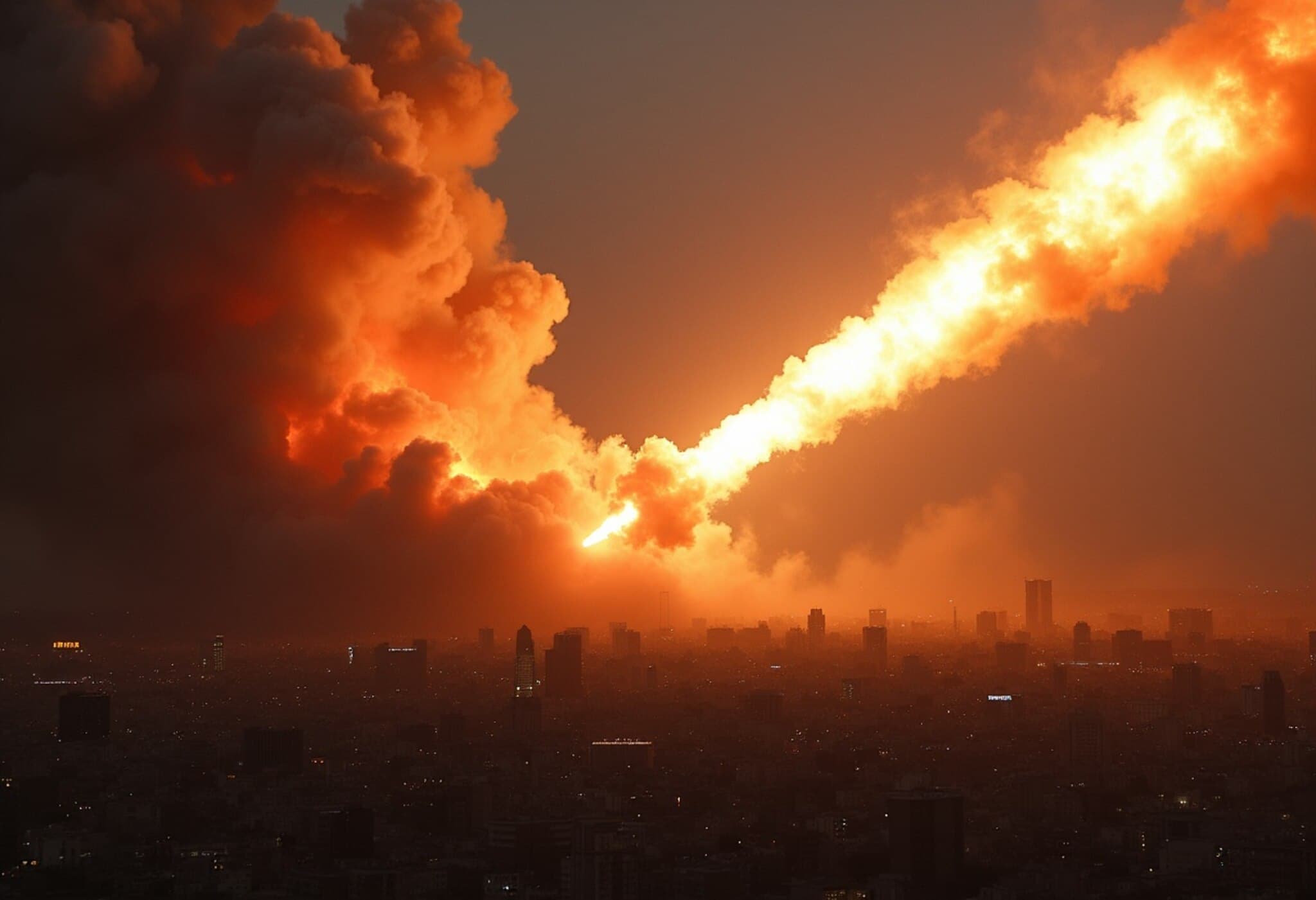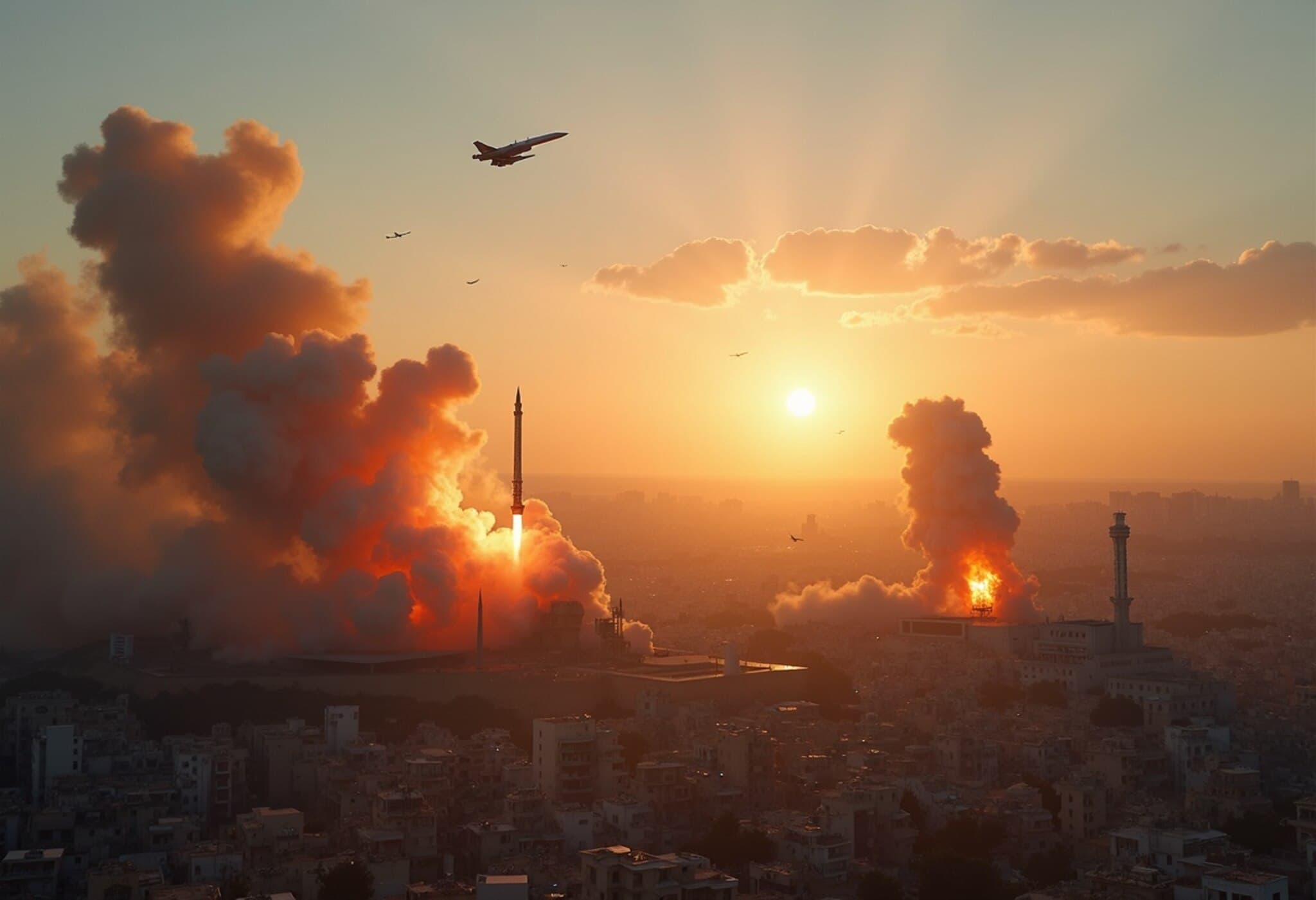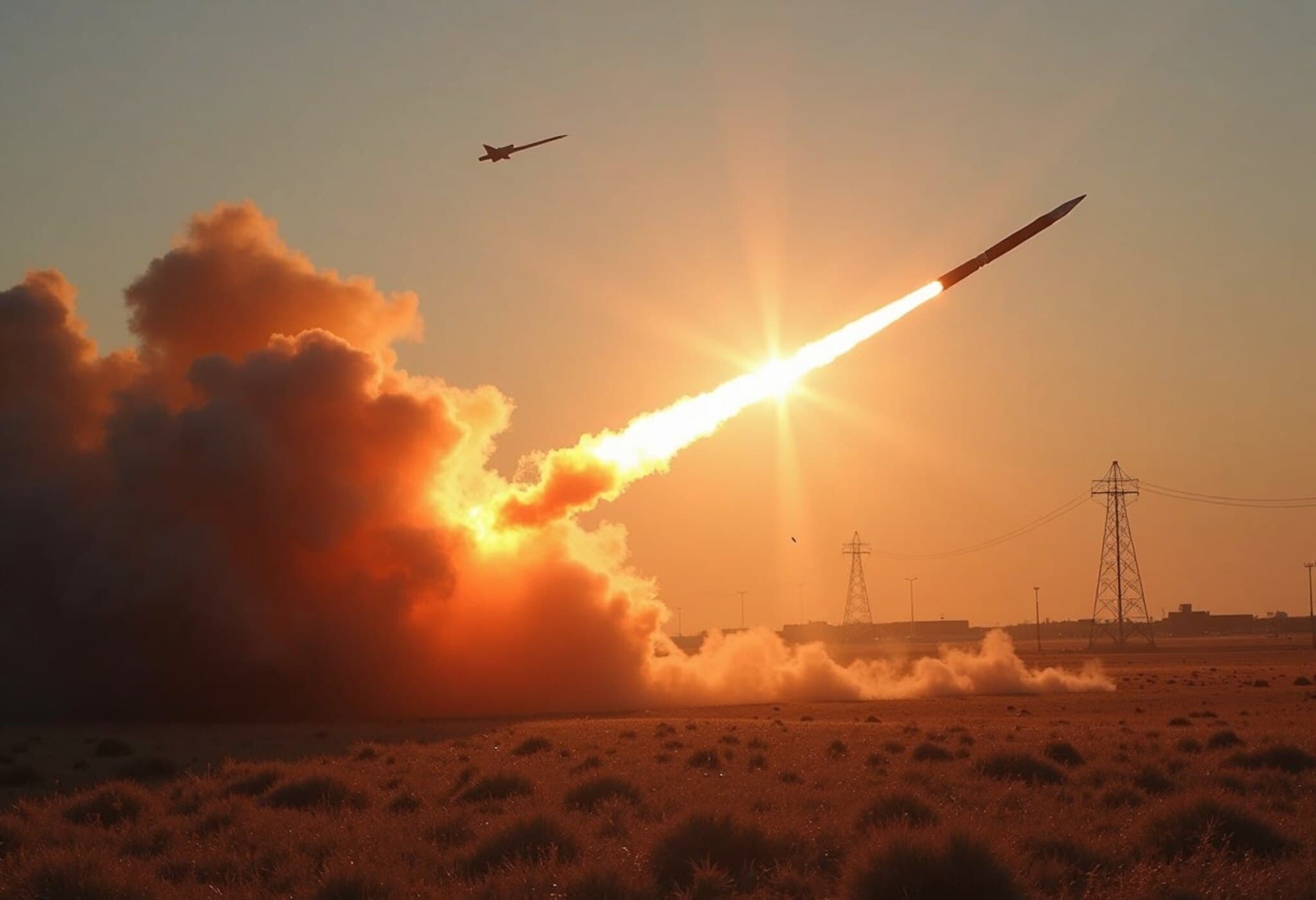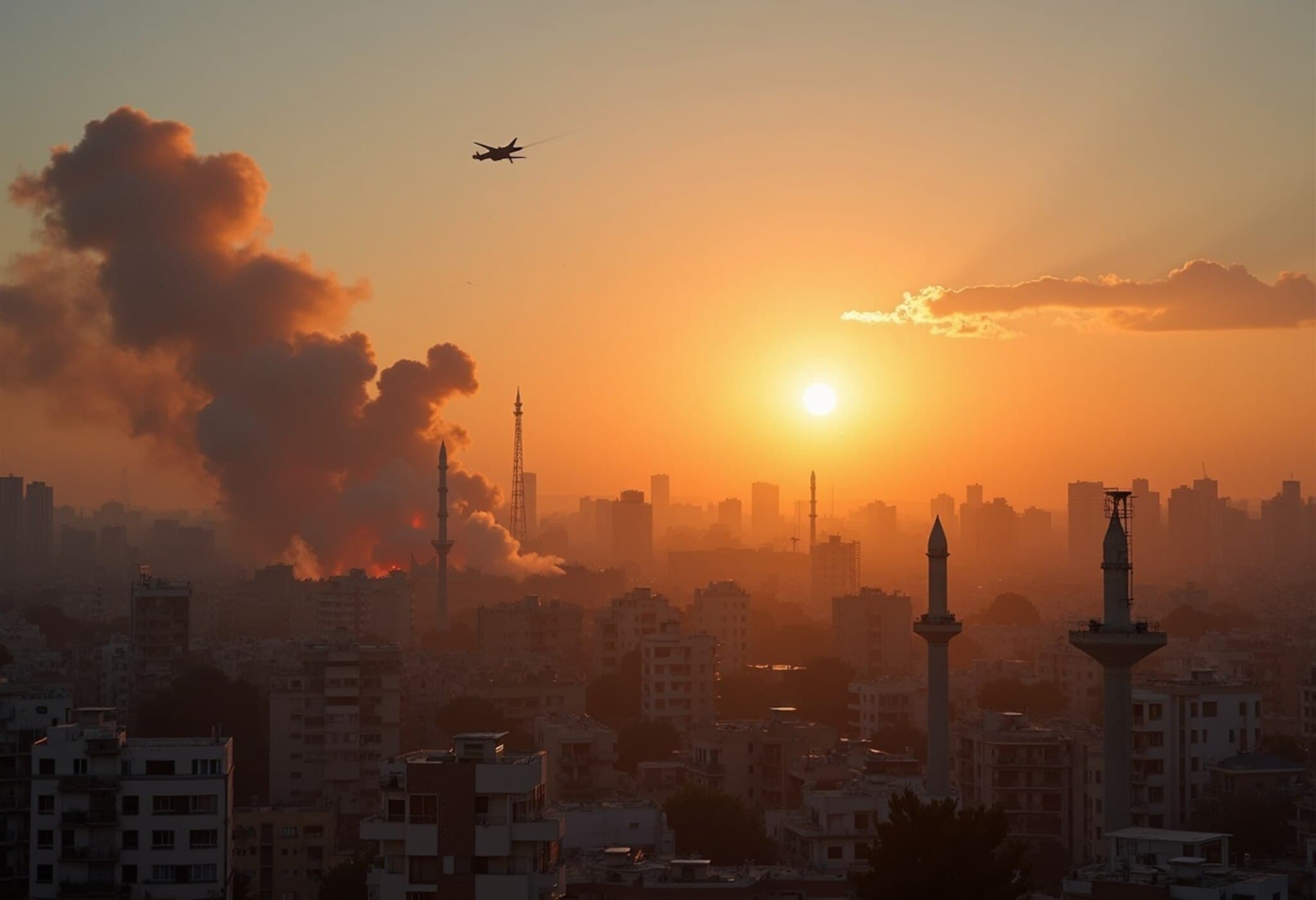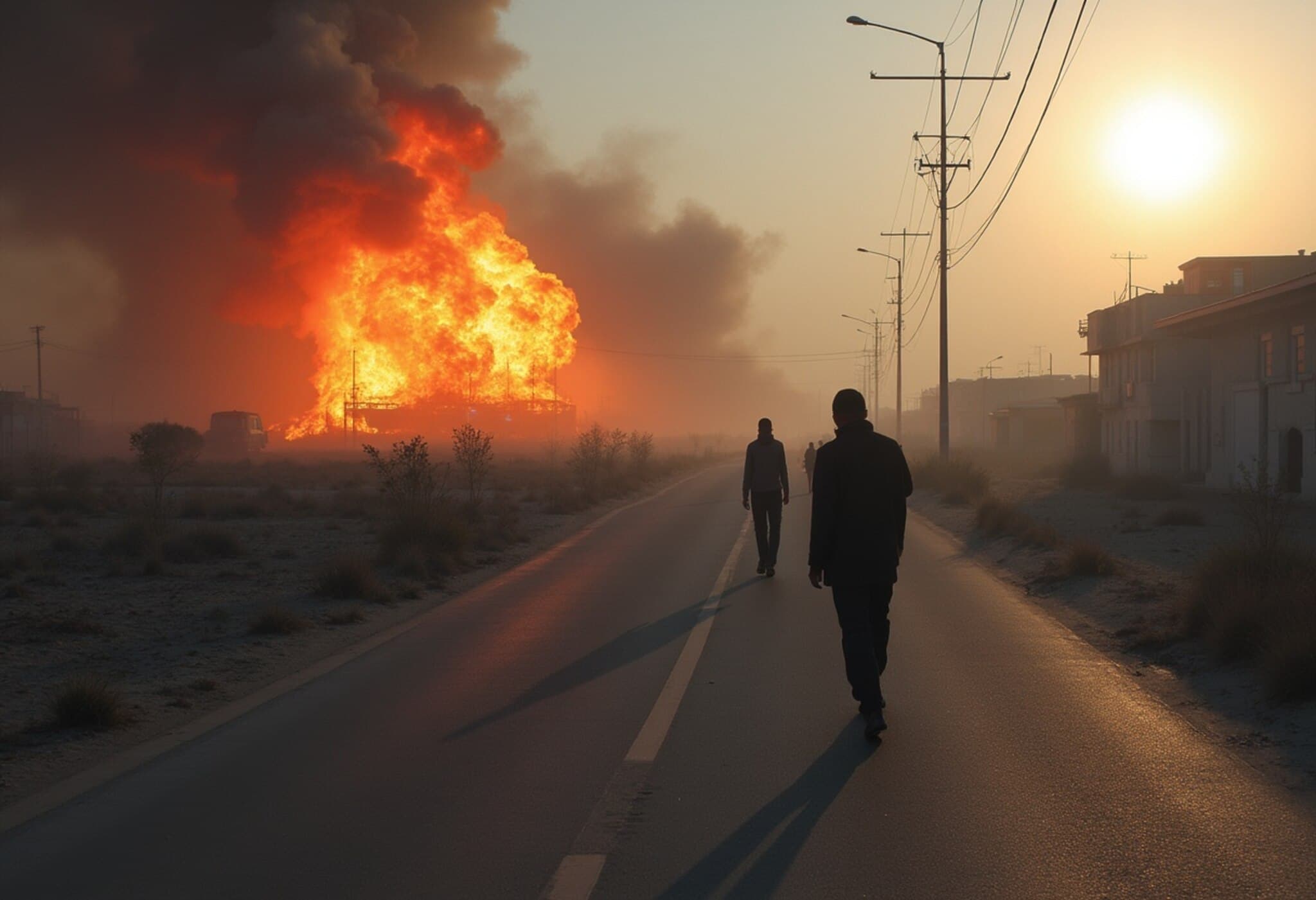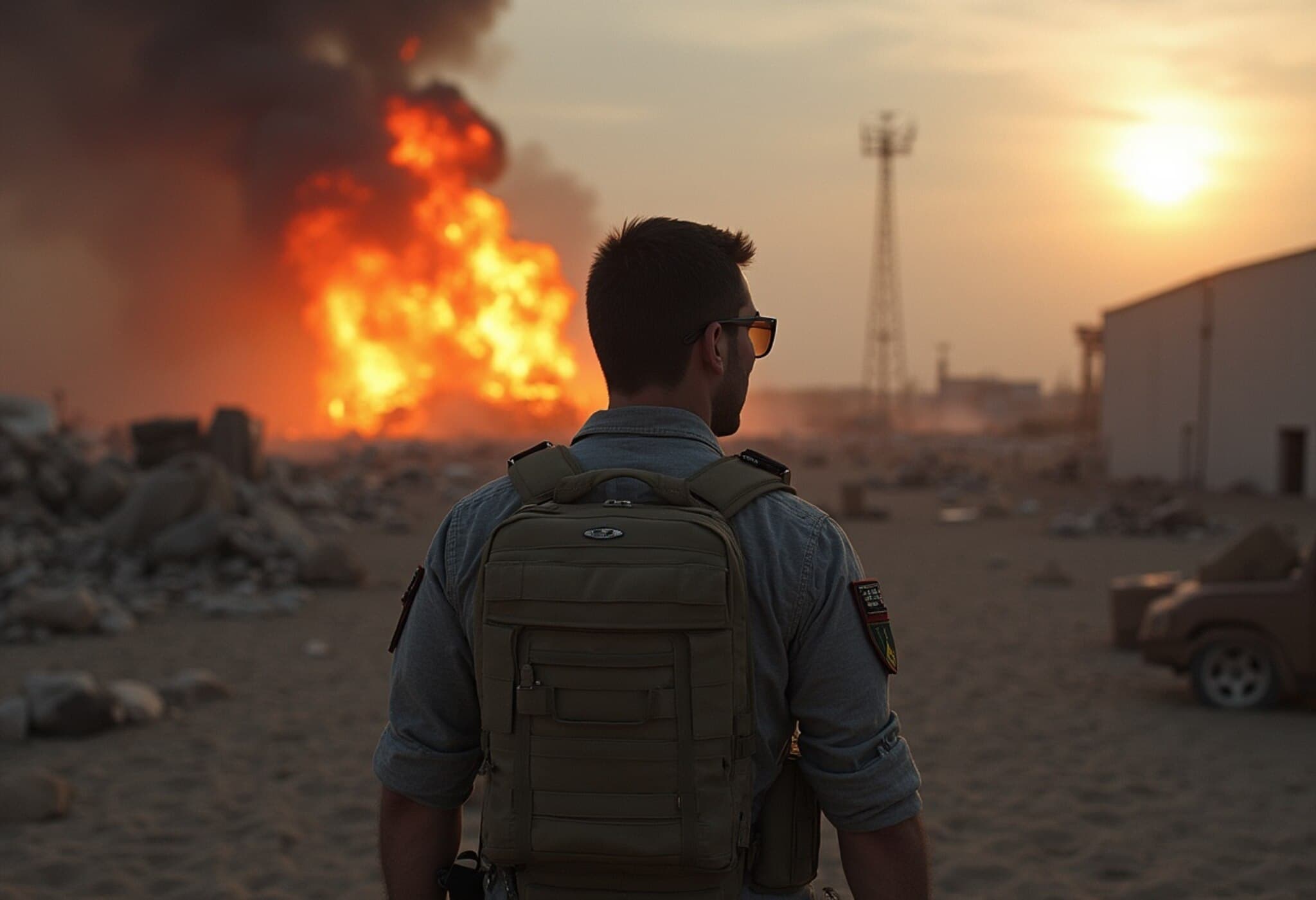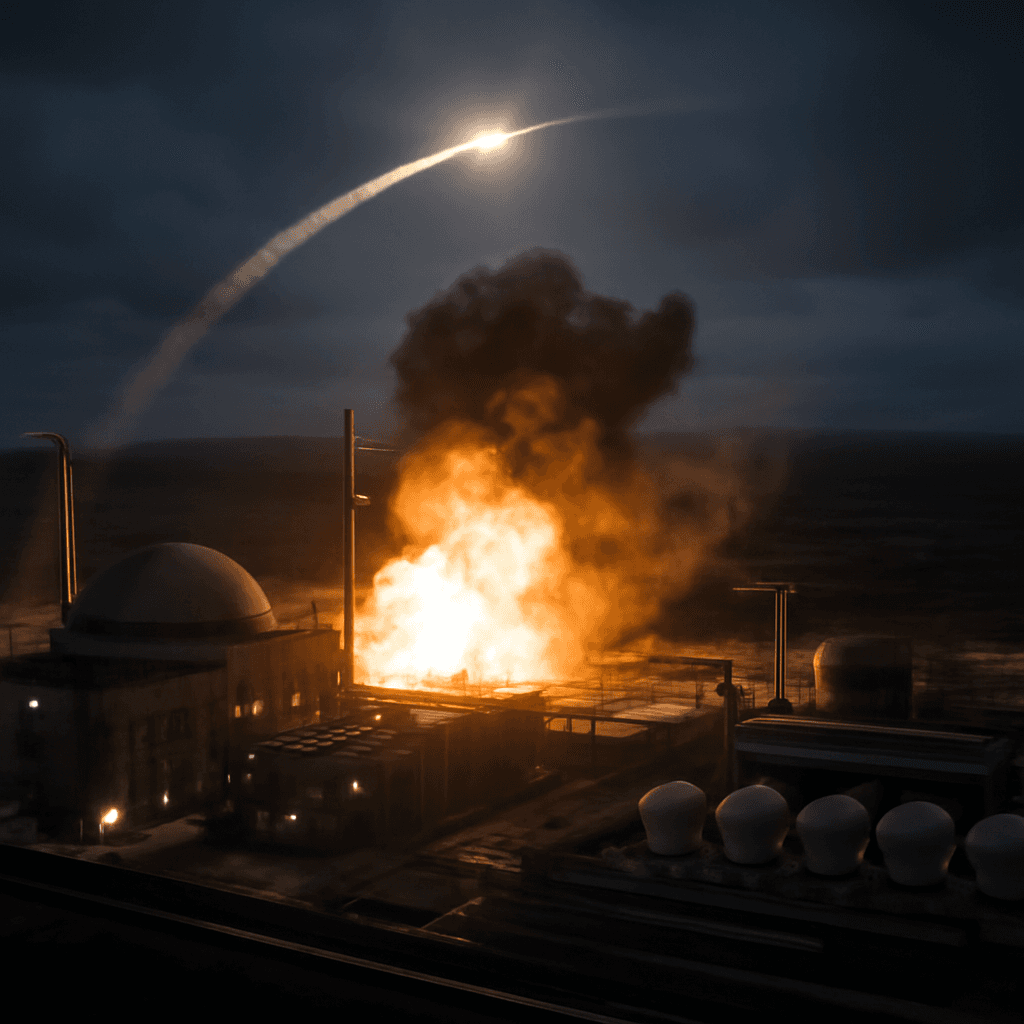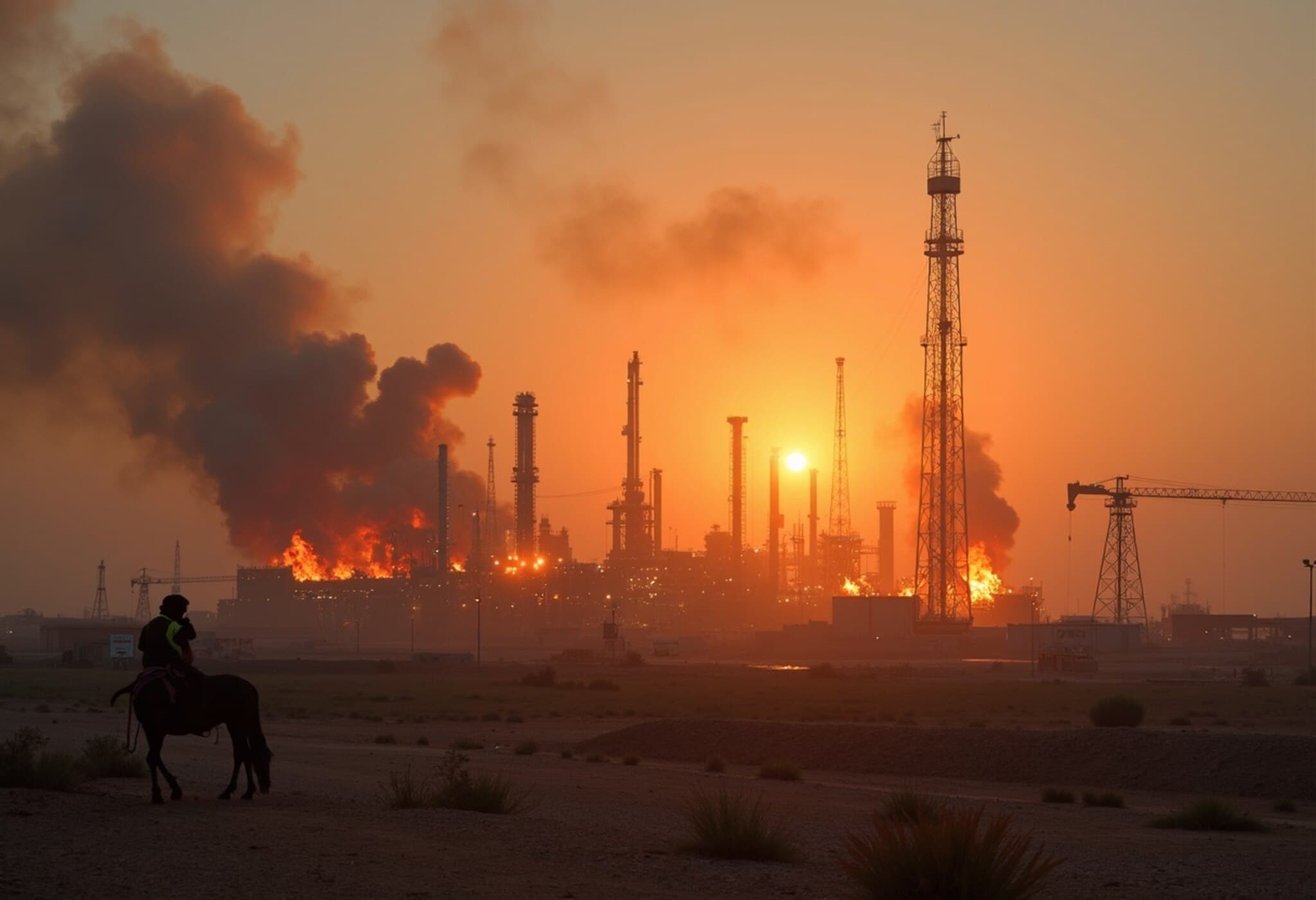Escalation Between Israel and Iran Reaches New Heights
The latest round of hostilities between Israel and Iran has intensified sharply after Israel launched a significant counterattack targeting Tehran’s defense and energy infrastructure. This move came as a response to Iran's missile strikes on northern Israel, which caused casualties and heightened fears of a larger conflict in the region.
Israel’s Bold Counteroffensive
Following a missile attack on an Israeli military base, Israel executed a large-scale offensive against key Iranian targets. The Israeli Defense Forces (IDF) confirmed they struck multiple critical sites in Tehran, including the Ministry of Defence headquarters and the SPND, an agency linked to Iran’s nuclear weapons development. The IDF also targeted the Shahran oil facility, emphasizing the breadth of the operation.
Iran’s Retaliation and Impact
In retaliation, Iran launched a fresh wave of missile strikes into northern Israel, particularly affecting the Galilee region where four people were killed and several injured. The Iranian Revolutionary Guard indicated that their missile attacks targeted facilities related to fuel production for Israeli fighter jets, warning that further strikes would follow if Israeli aggression continued.
Scenes from Tehran and Israel
Reports from Tehran described loud explosions with heavy smoke rising across the city skyline. Iranian state media acknowledged several areas were hit but did not immediately disclose casualties. Meanwhile, Israeli emergency services confirmed multiple residential buildings were struck, resulting in fires in both coastal and northern districts.
Responses from Both Sides
The IDF stressed that their actions were necessary to protect Israel and counter Iran’s ongoing nuclear ambitions and threats against civilians. An IDF spokesperson stated: “We had no choice but to respond.” In contrast, Iran has expressed its stance that Israeli attacks force them to act defensively in protecting their interests.
Global Repercussions and Diplomatic Fallout
The confrontation has already led to the cancellation of indirect nuclear negotiations between Iran and the United States, which were poised to resume shortly after the initial strikes. Diplomatic efforts mediated by Oman have stalled, with international stakeholders urging restraint and de-escalation.
World leaders express growing concern about the prospect of a wider regional conflict. China cautioned that attacks on nuclear facilities risk setting a dangerous precedent, while European diplomats echoed calls for calm and dialogue.
Significant Casualties and Damage Reported
Israel claims the offensive eliminated nine top Iranian nuclear scientists and several senior military officials. Conversely, Iran’s ambassador to the United Nations reported that Israeli attacks caused 78 deaths and over 320 injuries in their territory.
Looking Ahead: The Region on Edge
Highlighting the escalating tension, Israel’s Defense Minister posted on social media that “Tehran is burning,” underscoring the seriousness of the current conflict. As military actions intensify and diplomatic channels narrow, the Middle East faces a precarious moment where renewed violence could trigger widespread instability.










